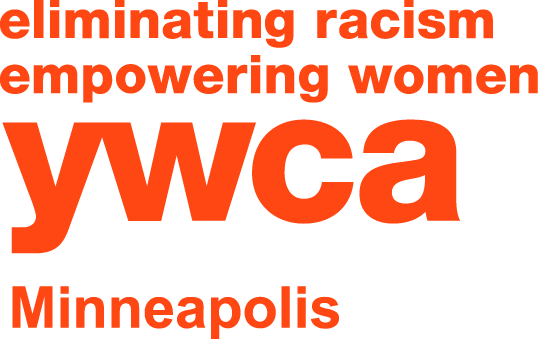Housing as a Tenant of Systemic Racism in the United States
Frequently, we consider interpersonal events or encounters when we think about racism. Less often do we see that racism is systemically embedded in society’s sociocultural norms. The Web of Systemic Racism identifies areas wherein Black, Indigenous and People of Color (BIPOC) experience unequal or lack access to resources everyone needs to thrive in mainstream society. Race-based injustices in the United States are systemically reproduced and include the labor market, Health Care, Education, the Criminal Justice System, Media and Housing.
Examined here is systemic racism in housing practices, touching on access to high-opportunity neighborhoods, access to basic housing quality and homeownership.
High-Opportunity Neighborhoods
Research shows that “high-opportunity neighborhoods offer…the best chance for upward mobility” (Opportunity Starts at Home, 2018). Consider “high-opportunity neighborhoods” as living circumstances that include convenient access to quality education, health care, transit, groceries, recreation options/parks and more. Studies show that race-based housing segregation, such as “redlining” that emerged in the 1930s, systematically channeled Black and Brown families into lower-opportunity neighborhoods where families had less access to resources. Moreover, they experienced more roadblocks to opportunity: higher crime, unemployment and substandard housing. As noted by Pulitzer Prize winner Nikole Hannah-Jones, “…segregation in housing is the way you can accomplish segregation in every aspect of life….Segregation accomplishes so many other inequalities because you effectively contain a population to a geographic area and suddenly all the other civil rights laws don’t matter” (as cited in Opportunity Starts at Home). Limiting BIPOC’s access to high-opportunity neighborhoods continues to reproduce race-based inequities in society today systemically.
Quality Housing
As noted by author, Hannah-Jones, segregation itself limits people’s access to achieve their best possible lives and futures. Examining systemic racism through housing includes understanding the problems of substandard housing. This includes recognizing the connection between poor quality housing and primary health threats such as lead, mold, pests, and associated illness due to inadequate heating or cooling and/or poor drinking water. Research shows that “formerly redlined neighborhoods see lower life expectancy and a higher prevalence of chronic diseases” (as cited in Opportunity Starts at Home). Exposure to these and further health risks tied to poor housing quality increases people’s susceptibility to illness and decreases peoples’ ability to pursue growth in health, employment and prosperity. Thus, the lack of access to quality housing for BIPOC is a central characteristic of how, historically, mainstream society has used Housing in the reproduction and maintenance of systemic racism.
Home Ownership
In addition to access to high-opportunity neighborhoods and quality housing, studies show that owning a home is critical to creating generational financial security for one’s self and family. In the United States, BIPOC has experienced systemic roadblocks to home ownership. For instance, redlining ensured that BIPOC could not purchase homes in high-opportunity neighborhoods. Further, government programs such as the post-WWII GI Bill provided home mortgage benefits to White veterans. However, veterans who were Black and Brown were denied access to these same federal homeownership benefits. Black and Brown citizens also experienced racial discrimination from Banks across the country. Frequently, banks refused their mortgage loan applications or approved loans for BIPOC only in neighborhoods that were less apt to produce comparable equity gains, as did homes in neighborhoods that were predominantly White and considered high-opportunity locations. This is yet another way that systemic racism is manifest in Housing. This purported American opportunity for building wealth, generally available to White Americans, is frequently denied to BIPOC. Thus, through limited or denied access to homeownership as a way to build individual or family wealth, Housing continues to act as a tenant of systemic racism throughout the American social system.
Learning about the ways that individual experiences with housing inequities reflect or intersect with society’s systemic racism can assist people in recognizing social practices that reinforce the status quo and prevent action to interrupt these social injustices. Housing is one way that marginalized communities – particularly people of color – are prevented from equitable access to high-opportunity neighborhoods, safe housing and home ownership. By building awareness, talking about this issue, and acting to support policies and practices that interrupt these social norms, we can contribute to changing this system and creating communities that more authentically reflect the values, perspectives, and beliefs of an anti-racist, equity-oriented society.




